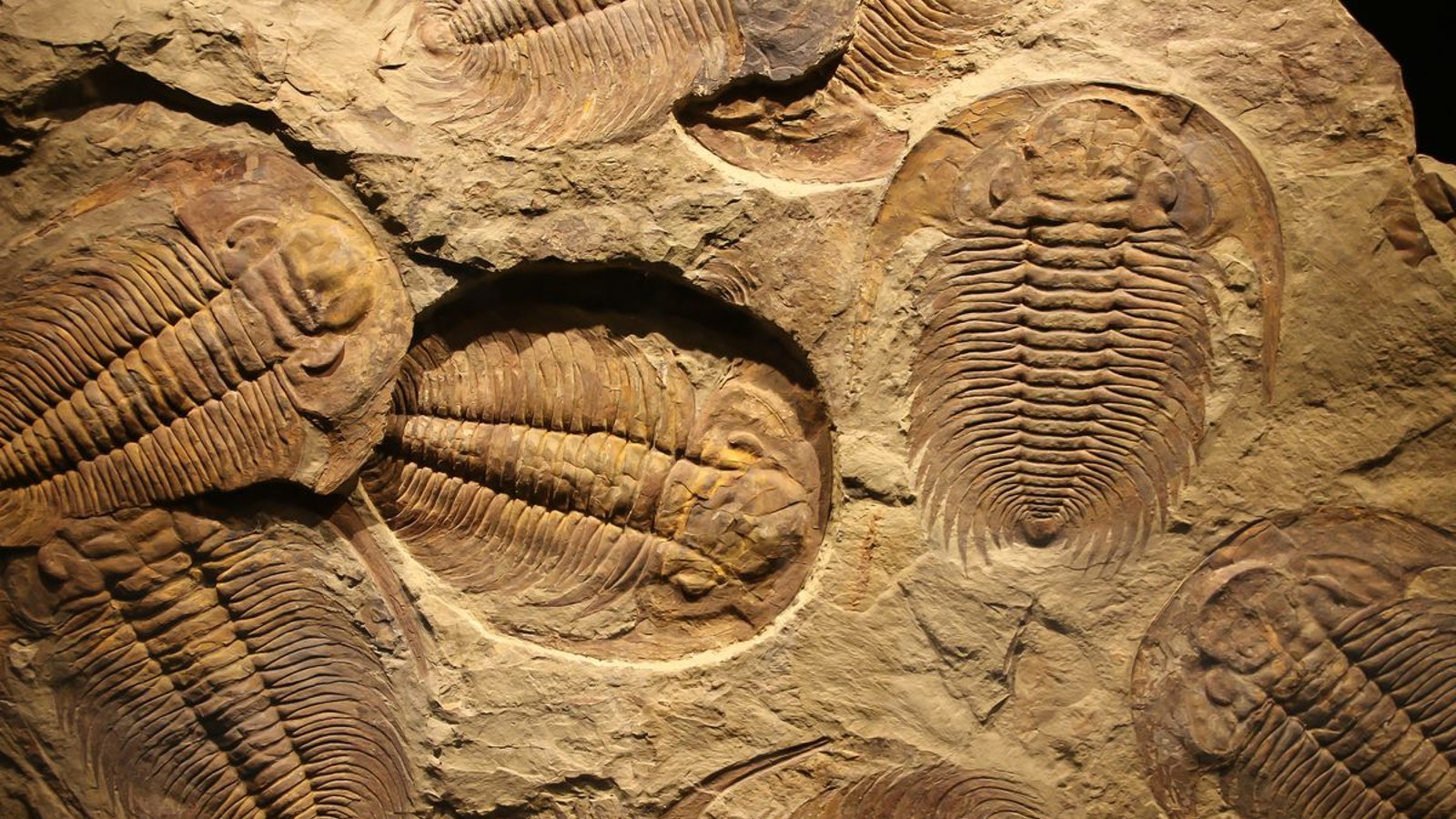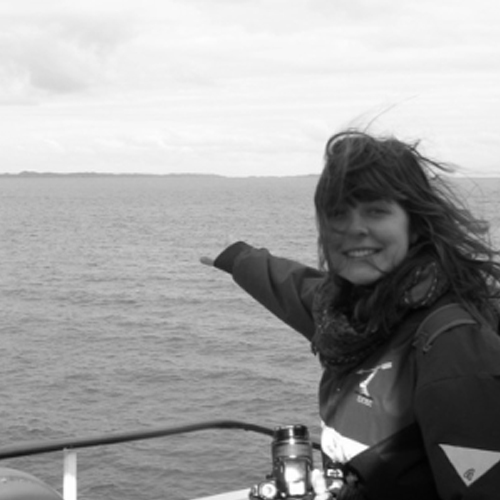Poisonous gas wave may have snuffed out half of all sea life in Earth's 1st mass extinction
About 510 million years ago, a deadly combination of low oxygen and surging hydrogen sulfide may have been what decimated 45% of all ocean life.

Around 530 million years ago, the planet teemed with life after the Cambrian explosion, when most major animal groups we see today started to appear in the fossil record. Most of this abundance was concentrated in the oceans, which were rich with fantastical creatures such as armored trilobites, three-foot-long shrimp, and worms bristling with vicious spikes.
But fossil records show that just 20 million years later, something decimated 45% of all animals in the ocean. This major extinction event delivered destruction on an unprecedented scale.
For years, the prevailing view has been that this sudden die-off was caused primarily by the rapid spread of low-oxygen, or "anoxic," conditions. One theory is that it was triggered by the sudden explosion of Cambrian life, which coated the seafloor in decomposing organic matter when plants and animals died and, in turn, sucked vast amounts of oxygen out of the water column.
But research published in October in the journal Geophysical Research Letters suggests that this wave of death may have been supercharged by something else: a surge of nauseating chemical gas called hydrogen sulfide that choked life out of the sea. "That chemical is lethal to all the marine animals," study co-author Chao Chang, a geochemist at Northwest University in Xi’an, China, told Live Science. "Basically, no animals could survive in an environment like that for a long time."
Related: The 5 mass extinctions that shaped the Earth
Chang's team discovered clues to this die-off in the Cambrian geological record of the Yangtze Platform, a huge plateau in southern China that once lay underwater. The team went there in search of molybdenum, a chemical element that is carried from terrestrial rocks via rivers into the ocean. Molybdenum is long-lasting, and in the ocean, its concentrations in sediments differ based on the surrounding water chemistry. Both of these factors make it a good proxy of ocean conditions from millennia gone by, Chang said.
Samples from the mass extinction period contained high levels of molybdenum. This suggested that there must have been hydrogen sulfide in the water, because molybdenum "can combine with sulfur to form insoluble compounds" that then get deposited in sediments, Chang said. This occurs at much higher rates in sulfidic waters than in regular waters, "especially when the concentration of hydrogen sulfide is at a high level," he said. In other words, higher molybdenum concentrations can be correlated with higher amounts of hydrogen sulfide in the sea.
Get the world’s most fascinating discoveries delivered straight to your inbox.
But what triggered this toxic spread? "At the current stage, no one can say for sure what caused the expansion of sulfidic waters," Chang said. However, the oxygen deficit could have been caused by an explosion of organic matter, which subsequently sank to the seafloor and rotted, providing a banquet for trillions of microbes, he added.
As these microbes feasted on the decomposing material, they also would have munched up sulfate that occurs naturally in seawater. But in that process, the surging population of microbes would have converted sulfates into the byproduct, hydrogen sulfide — and pumped the water full of this gas, triggering the toxic wave.
Although the researchers' samples came only from modern-day China, they think this toxic spread occurred on a global scale, because molybdenum has a residence time of hundreds of thousands of years in the ocean. "Basically, this means that before molybdenum can be removed from the ocean, seawater in the ocean will have already completely mixed many, many times," Chang said. This lengthy life cycle means that molybdenum isotope levels recorded in one patch of ocean sediments will reflect the average of the whole sea.
Follow-up research will aim to establish what caused the anoxic conditions and the sulfidic wave that soon followed, Chang said. This type of work helps scientists sketch a picture of the limits of habitability on Earth, he added.
Editor's Note: This story was updated on Friday, Dec. 22 at 4:15 p.m. E.D.T. to correct the timing of the first mass extinction. It occurred 20 million, not 20, years after the Cambrian explosion.

Emma Bryce is a London-based freelance journalist who writes primarily about the environment, conservation and climate change. She has written for The Guardian, Wired Magazine, TED Ed, Anthropocene, China Dialogue, and Yale e360 among others, and has masters degree in science, health, and environmental reporting from New York University. Emma has been awarded reporting grants from the European Journalism Centre, and in 2016 received an International Reporting Project fellowship to attend the COP22 climate conference in Morocco.


